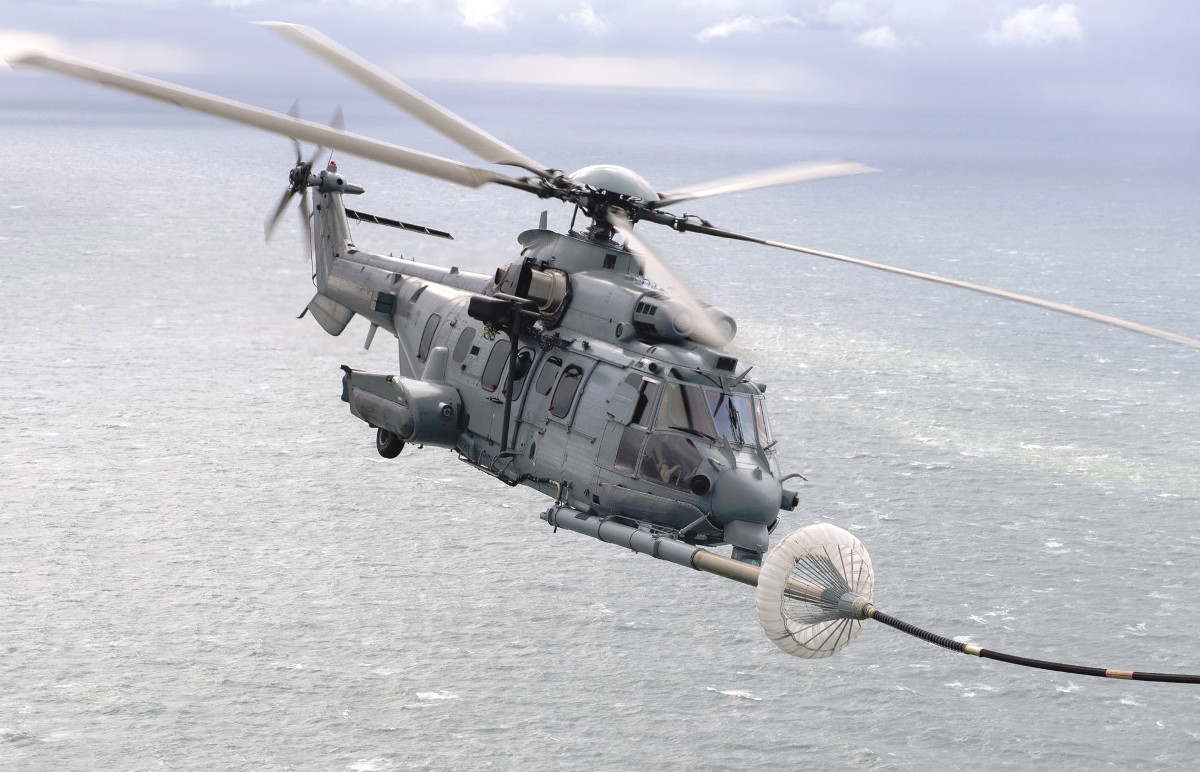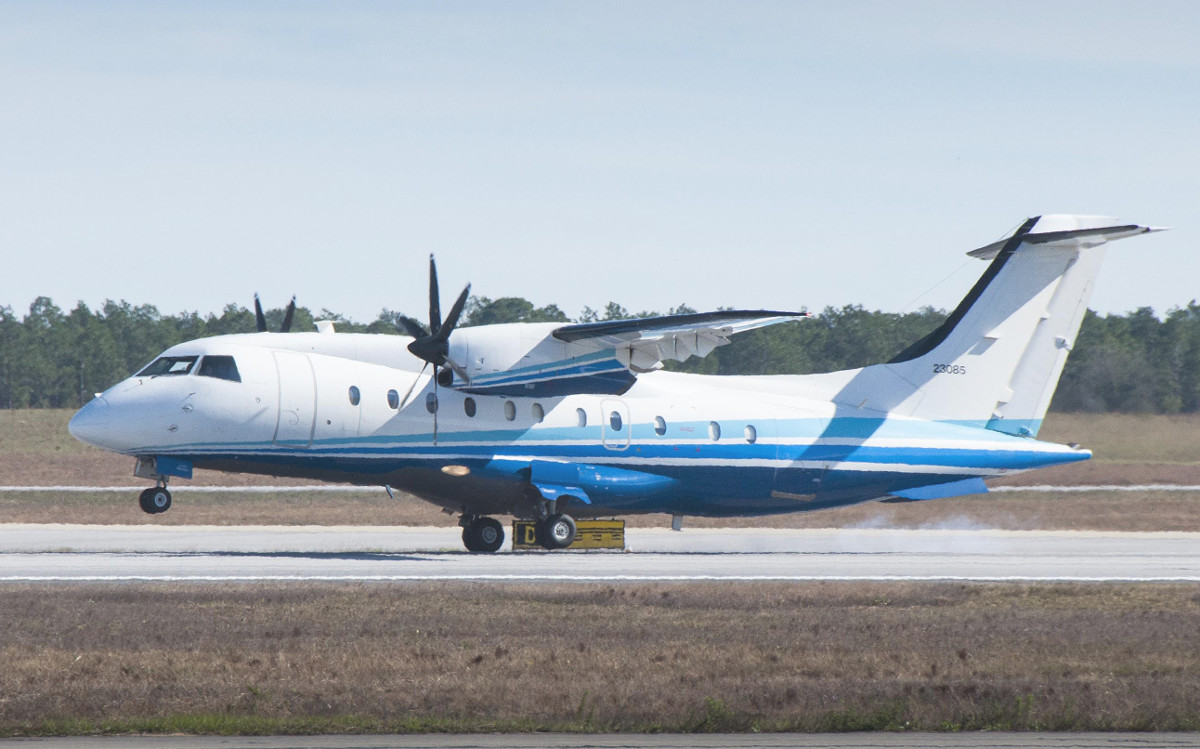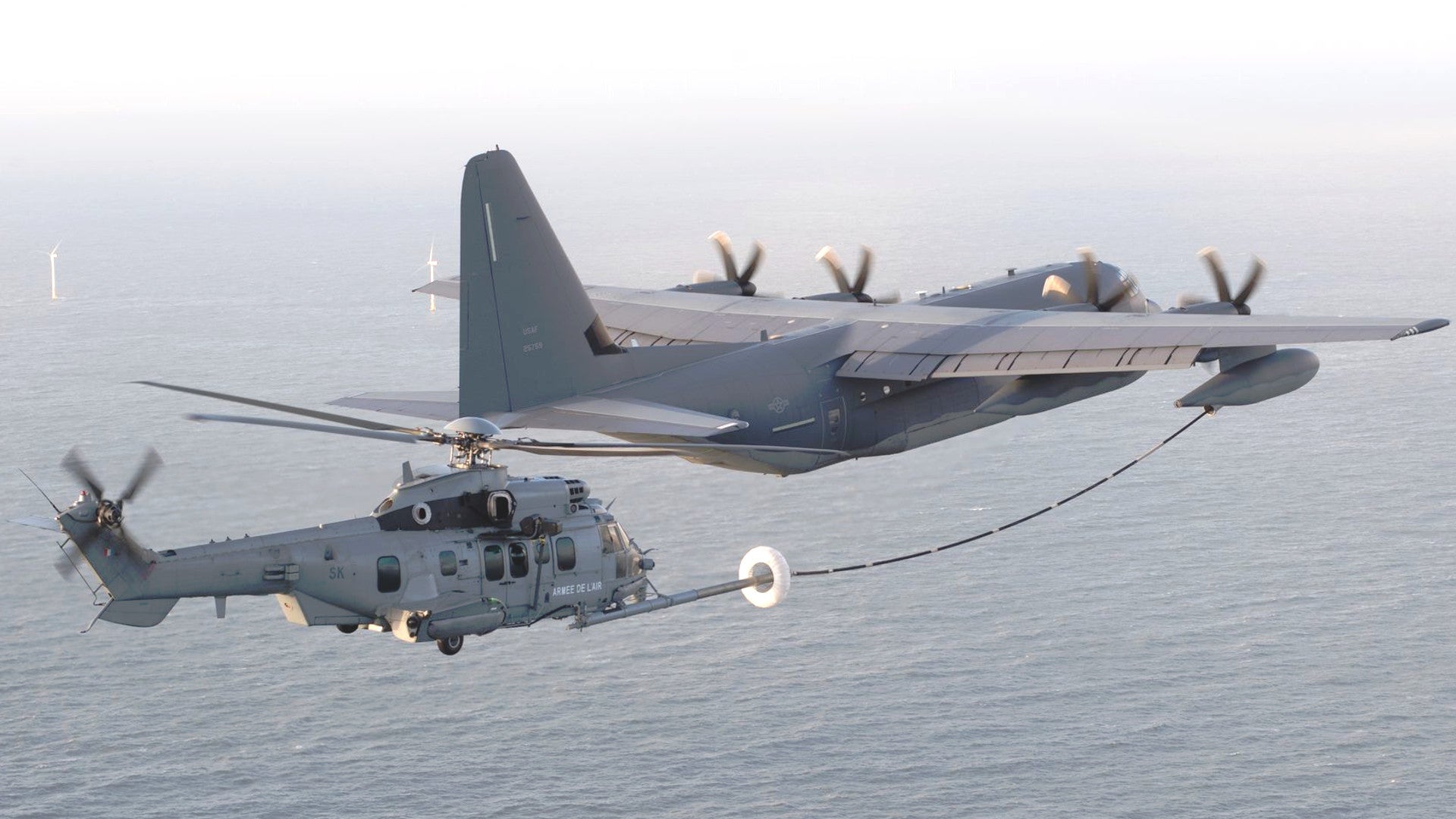In a lengthy and detailed briefing for the press on a deadly ambush near the Nigerien village of Tongo Tongo that led to the deaths of four American troops, Chairman of the Joint Chiefs of Staff U.S. Marine Corps General Joseph Dunford highlighted how closely the U.S. military was working with French forces in North and West Africa during this particular mission and in general. However, new details from U.S. Africa Command call into question the extent of that relationship, including the true nature of intelligence sharing and combined operations, and the state of the multi-national counter-terrorism effort as a whole.
For more information on why the U.S. military has forces deployed in Niger, we have already written an in depth explainer here. You can also find more details about American military activities across Africa in general here.
Dunford offered the most granular timeline of the incident to date and then answered a host of questions over the course of the hour-long briefing at the Pentagon on Oct. 23, 2017. While noting that a number of investigations are still in progress, America’s top uniformed officer made it clear that he was looking to provide as much information as he could and as was known at that time, including explaining why and how French military support came to be involved and when it arrived on the scene.
Working with the French in Africa
“Within an hour, French Mirage jets arrived on station. And then later that afternoon, French attack helicopters arrived on station,” Dunford explained. “During the firefight, two U.S. soldiers were wounded and evacuated by French air to Niamey, and that was consistent with the casualty evacuation plan that was in place for this particular operation.”
According to the general, this was the case because of significant existing coordination between France and the United States not only in Niger, but across the whole of North and West Africa. At present, France has deployed approximately 4,000 personnel across sites in Niger, as well as Burkina Faso, Chad, Mali, and Mauritania, a bloc now known as the G5 Sahel, in reference to the region of Africa between the Sahara and true sub-Saharan Africa.

The force, which includes light armored vehicles, special operations forces, transport and gunship helicopters, and fixed-wing combat aircraft, conducts active counter-terrorism operations, including long range patrols looking for militants, as part of Operation Barkhane. This was a successor to a long-standing French presence in Chad, which started in 1986 as Operation Épervier, and its intervention in Mali, Operation Serval, which began in 2012.
“We are integrated in conducting operations with the French,” Dunford explained. “We are partnered with them there [in North and West Africa].”

But when we asked U.S. Africa Command (AFRICOM), the top U.S. military headquarters for operations on the continent, to elaborate on the exact level of coordination, what we found was that much of the relationship seems more informal and ad hoc than the Chairman of the Joint Chiefs of Staff seemed to be suggesting. While the two parties clearly provide support to one and other as necessary, they do so without any localized, combined command structure to truly focus the effort.
Robyn Mack, a spokesperson for the command said unequivocally in an Email to the War Zone that there is no shared U.S.-French intelligence fusion center in Niger or any neighboring country. Similarly, there is no formal combined task force that links the two forces in the region together. By comparison, in Iraq and Syria, the U.S. military runs what it calls the Combined Joint Task Force-Operation Inherent Resolve, which has representatives from various coalition nations working directly together in a number of command centers and intelligence shops throughout the Middle East.
“We have engaged with the French and African forces in the Lake Chad region for some time,” Mack noted. “The support provided by our French counterparts is demonstrative of the importance of our partnership and mutual efforts to bring stability to the region.”

A limited partnership
This is unquestionably true, but it appears that most of that active coordination occurs in Europe rather than actually on the ground in places such as Niger. Direct American support for France’s contingent began in January 2013 following that country’s intervention in Mali.
As part of a separate effort, known as Operation Juniper Micron, the U.S. military provided logistical and aerial refueling support, as well as increased intelligence sharing. Small joint teams situated primarily at French and American bases in France, Germany, and Italy coordinated this effort.
In addition to U.S. Air Force personnel who managed the influx of personnel and cargo in Mali’s capital Bamako, U.S. special operators flew into Mali on small, specialized U.S. Air Force transport aircraft with discreet civilian-style paint jobs to directly assist French forces on the ground. According to one official history that the author obtained via the Freedom of Information Act, the C-146A Wolfhound, a militarized version of the twin engine Dornier 328, was particularly important.
“The C-146A proved instrumental and provided U.S. support to the French counter-offensive,” the 524th Special Operations Squadron explained in a review of its activities during 2013. “The C-146A was also the first U.S. aircraft to land in Gao [, a major city in Northern Mali,] following the offensive against Al Qaeda in the Islamic Maghreb, delivering U.S. special operations forces to the frontlines of conflict.”

This support has been constant ever since and has continued in response to French requests. The U.S. military itself had suggested it would’ve preferred to end the partnership entirely years ago.
In January 2014, Defense Department spokesman U.S. Air Force Major Robert Firman told Stars and Stripes “the Pentagon does not expect it to go on indefinitely.” “So, we’re hoping to continue to see, obviously, the French success there and hopefully our mission will continue to slow down,” U.S. Air Force Major Nicholas Schindler, then commander of the 351st Expeditionary Air Refueling Squadron in Moron, Spain, also told the outlet at the time.
Robyn Mack, the AFRICOM spokesperson, confirmed to The War Zone in her Email that Operation Juniper Micron is still ongoing. That mission is now more than four years old.

Separate missions
However, the American troops who died in Niger on Oct. 4, 2017, were out on a patrol with Nigerien forces were there under the auspices of Operation Juniper Shield. This is a larger, overarching American regional counter terrorism operation in North and West Africa, which first began as Operation Enduring Freedom-Trans Sahara, or OEF-TS, in the mid-2000s.
Over more than a decade of operations, there have been various special operations forces deployments, as well as intelligence, surveillance and reconnaissance missions to monitor trouble spots. In 2013, President Barack Obama announced the establishment of a drone operation in Niger’s capital Niamey. U.S. commanders in the region reportedly retasked one of these unmanned aircraft from its assigned mission to monitor the situation as it developed in Tongo Tongo on Oct. 4, 2017.

However, the Pentagon stresses that the mission is focused broadly on advising and assisting security forces in various North and West African countries and improving their ability to respond to the threat posed by terrorist groups aligned with Al Qaeda, ISIS, and Boko Haram. Unlike the French with Operation Barkhane, the Pentagon does not depict it as an active combat mission.
There are unconfirmed suggestions, of course, that this has quietly begun to change. On Oct. 24, 2017, citing an anonymous survivor of the incident and a separate, unnamed U.S. intelligence official, ABC News reported that the mission had transformed from a patrol to gather information into an actual attempt to kill or capture a high-value individual with ties to both Al Qaeda and ISIS affiliates in the region. NBC News ran a similar report with its own anonymous sources, naming the target as Adnan Abu Walid al-Sahraoui, presently the leader of Islamic State in the Greater Sahara (ISGS).

But the lack of formal shared commands in Niger or elsewhere in the region still seems to underscore an apparent lack of a common objective and very different level of commitment between the French and Americans. It seems that this could only have a negative impact on the overall level of cooperation, with both parties tasking their various resources without any direct coordination.
So, though General Dunford has now said the French were part of the contingency plan for American operation near Tongo Tongo, it still remains unclear exactly how much they knew of the operation and how hard it might have been to coordinate their response. We don’t know if the French have any aircraft on standby specifically to respond to U.S. requests, but it would seem unlikely given the demands of their own effectively separate operations.
That being said, the French Mirage fighter jets did appear overhead relatively quickly after the request for support came, especially since they would’ve been flying in from Chadian some 900 miles away. But it took two hours for attack helicopters – which ABC described more as armed transports carrying more special operators than France’s Eurocopter Tiger gunships that are situated in Mali – to arrive and potentially even longer for Super Puma transports to come in and recover the two wounded soldiers.
“The French saved our men,” the intelligence official told ABC. “Yes, we lost four, but we would have lost everybody if it wasn’t for the French.”

More or less cooperation?
The more informal cooperation on the ground in Niger would also help explain the French government publicly calling for an increased American presence in the region that would be able to shoulder more of the burden of the fighting. The France’s 4,000-storng force in North and West Africa is almost equivalent to the total number of American troops across Africa, according to General Dunford.
“In the Sahel, France is deploying in a high-intensity environment, with tremendous support from the United States. We are immensely grateful for that support,” French Defense Minister Florence Parly said during a speech in Washington, D.C. in October 2017 that came after the incident in Tongo Tongo. “But much more needs to be done. We can’t be, and don’t want to be, the praetorian [guards] of sovereign African countries.”
Both the U.S. and French militaries would seem to prefer to turn responsibility for the situation over to the actual countries in the region and reduce their overall commitments. In June 2017, the U.N. Security Council approved the mandate for a G5 Sahel joint force, a 5,000 member organization that would run an African-led counter-terrorism effort in the region. During his briefing, Dunford specifically mentioned the U.S. military’s support for this force, as well as separate training for some 35,000 other African troops over the years.

Still, President Donald Trump and his administration have continually underscored their intention to fight terrorists more actively wherever they might appear, reducing or removing restrictions put in place by President Barack Obama and his cabinet. Some members of Congress have alluded to increasing the American footprint in Niger and North and West Africa more broadly in response to the recent deaths.
“This war is getting hot in places that it’s been cool, and we’ve got to go where the enemy takes us,” Senator Lindsey Graham, a South Carolina Republic, told reporters on Oct. 20, 2017. “The war is headed to Africa.”
But for the U.S. military, the war has been in Africa for more than a decade already – two decades by General Dunford’s count actually, predating the 9/11 terrorist attacks – and it’s unclear if there is any real interest in increasing America’s commitment in North and West Africa in particular.
Contact the author: joe@thedrive.com
